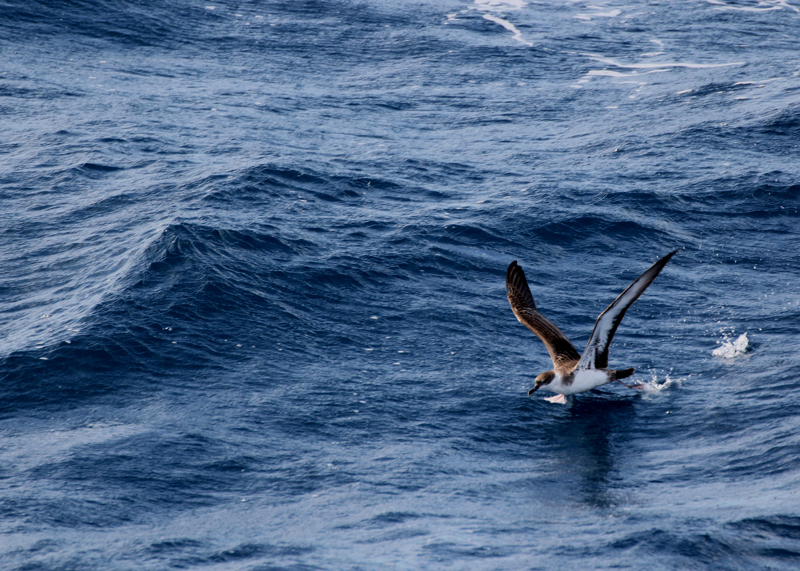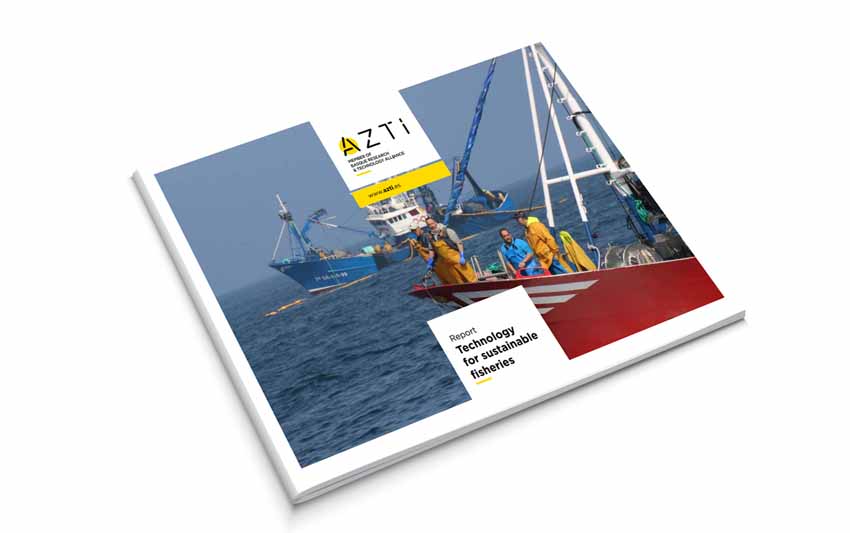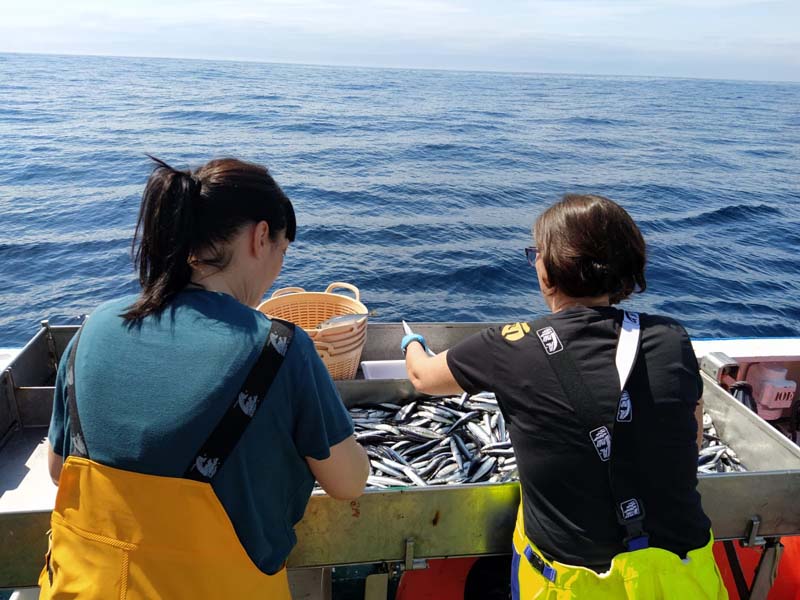How can Europe regain its nature?
Últimas noticias
Una mirada LGTBIQ+ al reino animal
Circular Economy in Action: Valorisation of By-products through Projects like PRIMA NEWFEED
Strategic Perspectives: Highlights from the Food4Future World Summit for Business Leaders
In early 2024, the European Parliament will vote on the final version of the Nature Restoration Law (NRL), a unique global regulation that has been the subject of intense debate. Its purpose is to halt the loss of biodiversity in Europe. An international team of scientists, led by the University of Duisburg-Essen in Germany, and including two Spanish researchers, has investigated the prospects of this new regulation. The article will be published on 15 December in the journal Science.
The Law on Nature Restoration (LRN) requires EU member states to implement restoration measures in at least 20% of terrestrial and marine areas by 2030, extending to all ecosystems in need of restoration by 2050. This includes specific targets for restoring wetlands or increasing pollinator populations. Despite facing bureaucratic challenges, the LRN was recently approved by the European Parliament’s Environment Committee following negotiations between Parliament and Council of Europe delegations to define the final text.
However, the question arises as to whether this regulation will actually achieve its objectives, considering the numerous changes made during the negotiation process. The authors of the article to be published in the scientific journal Science – which includes several coordinators of major European projects on nature restoration and biodiversity both on land and at sea – analyse experiences with other European environmental directives and policies, assessing the obstacles that the LRN will have to overcome in order to succeed.
“The LRN avoids some of the pitfalls that often hinder the implementation of European policies and regulations, demonstrating that the Commission has learned from previous experiences,” says Daniel Hering of the University of Duisburg-Essen, first author of the study. “Although the regulation sets ambitious targets and deadlines with clear implementation steps, the real key to the success of the LRN will lie in its implementation at the national level, where European countries will have to decide on the steps to achieve the targets, many of which are voluntary,” explains Josef Settele of the Helmholtz Center for Environmental Research UFZ in Halle, Germany, one of the study’s authors.
A key to the implementation of the law will be the cooperation in nature restoration of landowners, in particular farmers. “Intensive agriculture is still a key factor in biodiversity loss in Europe,” says author Guy Pe’er. “But the goals for agriculture and nature restoration can be coordinated, with opportunities for both.” Agriculture benefits directly from healthy soils, pollinator populations and increased water storage capacity in the environment, all of which are objectives of LRN.

The seas will also benefit from restoration
For his part, another of the scientists who participated in the study, Ángel Borja, from the AZTI technology centre and coordinator of the European GES4SEAS project, which seeks to minimise human pressures and their impacts on marine biodiversity and the functioning of ecosystems, stresses that “European seas will also benefit from restoration, contributing to achieving their good environmental status, as required by the European Marine Strategy Directive. This will make the services provided by the marine ecosystem more beneficial to humans.
Another of the authors, Professor Agustín Sánchez-Arcilla, director of the Maritime Engineering Laboratory at the Universitat Politècnica de Catalunyta – BarcelonaTech (UPC) and coordinator of the European REST-COAST project, which aims to scale up river-delta-coastal connectivity and use natural processes in the coastal strip to increase its resilience to climate change, states that “the restoration objectives of this law, which are perfectly aligned with European projects such as REST-COAST, provide multiple benefits for a wide range of users and stakeholders in the coastal zone, especially because they decarbonise the natural processes in the coastal zone, The restoration objectives of this Act, which align perfectly with European projects such as REST-COAST, provide multiple benefits for a wide range of coastal zone users and stakeholders, especially as decarbonising coastal protection is in the interests of these same communities,” he says. This restoration effort, Prof. Sánchez-Arcilla stresses, “will help align the objectives of short-term coastal interventions with medium- and long-term coastal protection objectives, reducing risks to both socio-economic activities and natural systems, and combining techniques, funding and adaptation plans with warning systems to enable decision making in line with these restoration objectives”.
The researchers conclude that European funds should be used to achieve the objectives of the LRN, a claim that needs to be intensively debated in science and in application with the users of the natural environment. While the authors have a positive view of the LRN in general, they warn of the need for ambitious national implementation and cooperation with economic sectors such as agriculture and fisheries, which will determine the success of nature restoration in Europe. The LRN is part of the Green Deal and aims to make a significant contribution to the EU’s climate targets and the Kunming-Montreal international biodiversity agreements. This global agreement stipulates the restoration of a minimum of 30% of degraded ecosystems. Given that 80% of the EU’s habitats are degraded, the LRN represents a crucial step towards addressing these environmental challenges.
Article: https://www.science.org/doi/10.1126/science.adk1658







